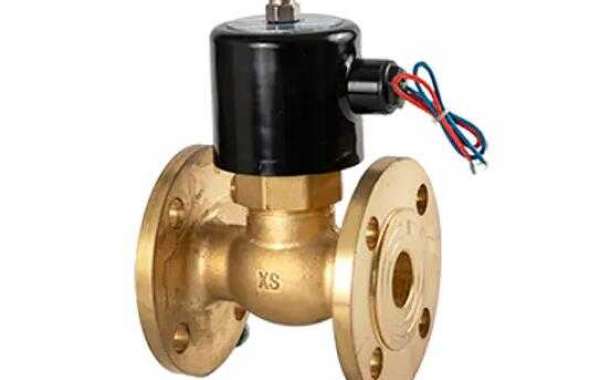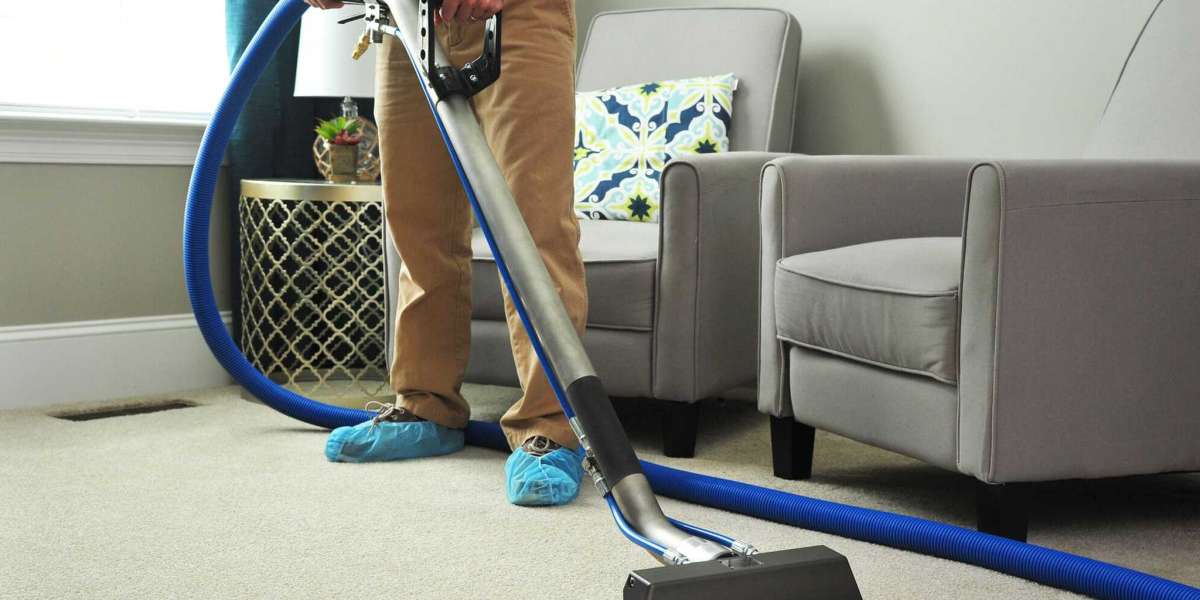When choosing a solenoid valve, you need to know what medium it will be used for. Generally, the working medium of solenoid valves does not contain solid particles, such as water, oil, petroleum products, steam, compressed air or heat transfer fluids. This important information defines the material used for your solenoid valve. Most solenoid valves are made of brass (ideal for water, fuel, gas or inert gases), stainless steel (corrosive liquids or gases, food liquids) or plastic (mainly used in the food and chemical sector).
To avoid the risk of failure due to the presence of any solid particles (also called impurities), we recommend that you use an upstream filter before the solenoid valve.
Solenoid valves can be bidirectional or have multiple ports. They are usually defined by two numbers, one for the number of channels and the other for the number of positions. For example, a 3/2 solenoid valve means a 3-way 2-position valve.
Most solenoid valves are based on on or off (open or closed) operation, while some are designed to be proportional to current or voltage.
Depending on your application, and also to optimize the power supply time of the solenoid valve, you can choose between normally closed (NC) solenoid valves and normally open (NO) solenoid valves:
Normally closed solenoid valve opens when energized.
A normally open solenoid valve closes when energized.
If necessary, you can also choose a bistable solenoid valve whose disc remains in place even when power is removed. The main advantage of this solenoid valve is that it consumes little energy.
Solenoid valves are usually sensitive to moisture. External conditions must be checked in order to select a solenoid valve with an adequate degree of protection (IP) for the intended environment. You can also choose a lower protection level and install the solenoid valve remotely in an area with lower humidity.
Solenoid valves are also defined by their nominal diameter (DN) as they are integrated directly into the piping. Connections and pipe diameters depend on the standard or geographic area of the country used and the fluid medium used.
Solenoid valves may also be subject to other standards, such as control equipment installed in ATEX areas (explosive atmospheres), especially in the energy industry.
Yuyao Xinsheng Solenoid Valve Co.,Ltd. is a Solenoid Valve Manufacturer, with Steam Solenoid Valve and other products, welcome to visit our official website.








